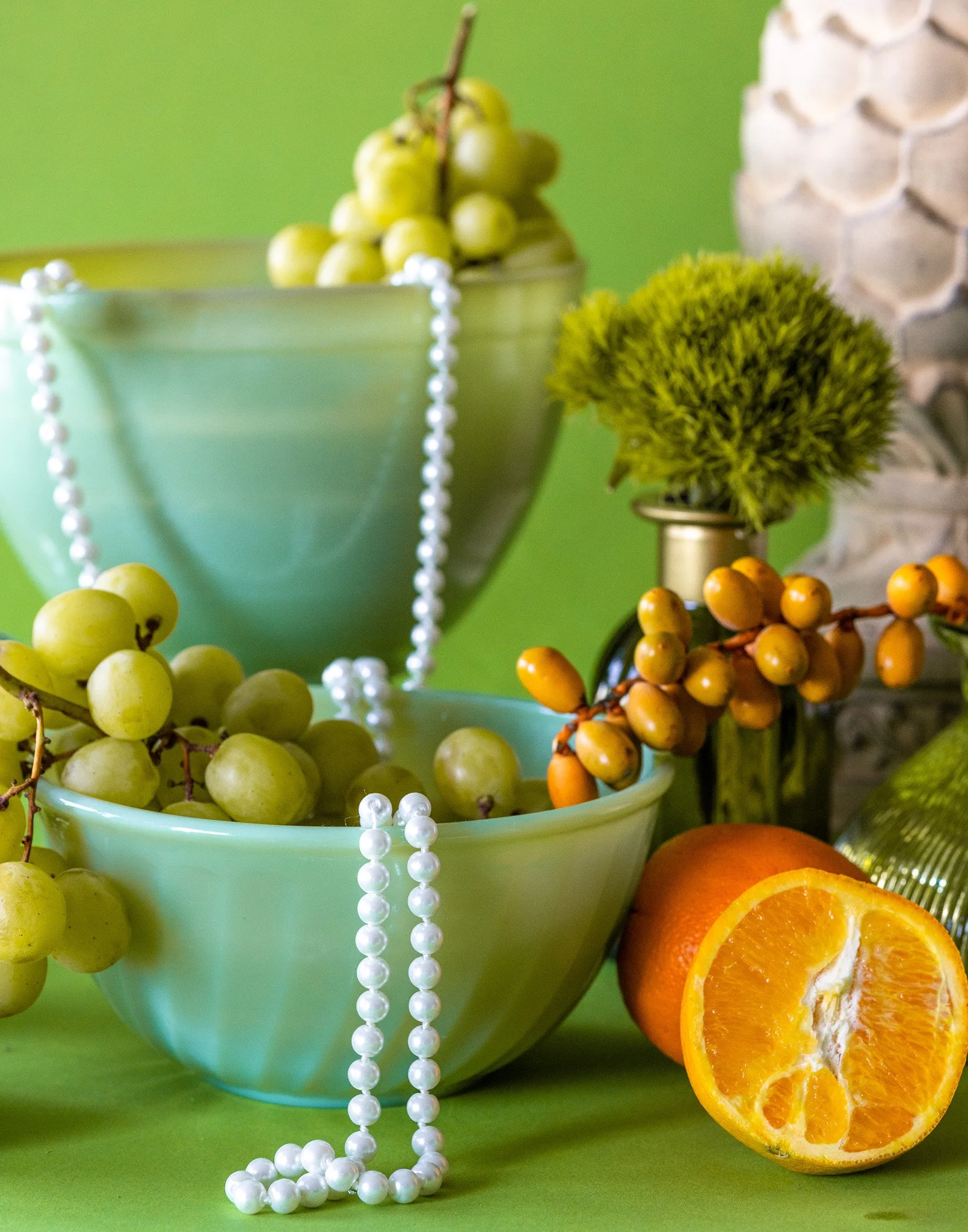Phallic in Wonderland
Phallic in Wonderland is a photographic series that explores narratives of body, identity, and Empire through visual symbolism in still life re-presentations.
Your body is not itself. Body is at once the final point of resistance to the global imperatives of Empire and the first to be affected by it . It is subject to control through the legacy of Colonialism and Imperialism. Body is a battleground. Body is a resource. Body is a medium. It is system of delivery; a communicating event (Francisco Guevara).
Drawing from the history and opulence of Dutch Golden Age Pronkstilleven still life paintings, the photographs in this series juxtapose elegant and ornamented products like milk glass porcelain, marble stone, vases and wild flowers alongside other imported goods such as exotic fruits, vegetables, and various sex toys made of silicone, glass and toxic plastics.
Noticeably absent from this series is the human form. There are a number of phallic re-presentations objectified in this body of work, but absent entirely is the presentation of the actual physical body and form. To be disembodied is to be separated from or existing without the body. The photographs in this series explore the disembodied identity and how narratives are created and prescribed to products re-presented in image compositions.
There is a formula to describe how we impose identity narratives to products and objects in images. This is the same formula developed in the early 20th Century by Russian film theorist Lev Kuleshov. Kuleshov named his compositional experiment the “Constructed Meaning.” Where by the total meanings of Object-A [A] juxtaposed with the total meanings of Object-B [B] creates an entirely new meaning in the mind [AB] constructed of the meanings of A and B. The formula may visualized as: A + B = AB where AB equates to the new identity narrative constructed in the viewers mind and projected onto the content conceptualized in the photographic composition.


































